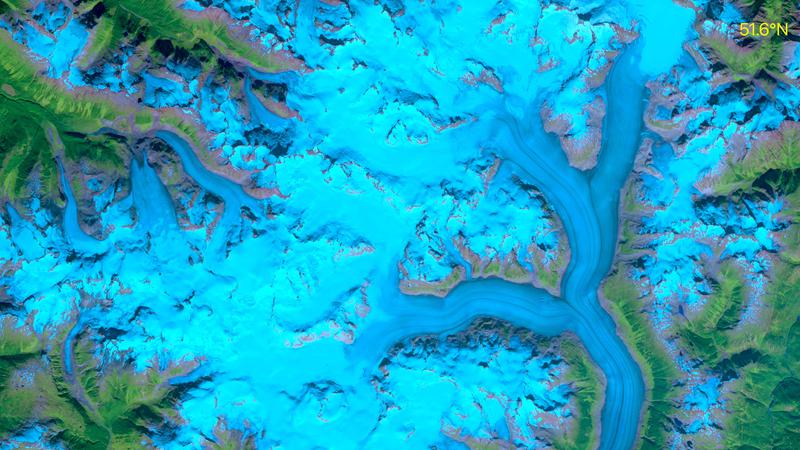
UNBC’s $250,000 supercomputer helps international research study glacial loss
PRINCE GEORGE–A quarter of a million dollars supercomputer at the University of Northern British Columbia helped an international team of researchers to figure out the rate of which the mass of the Earth’s glaciers are depleting.
The computer, named Klinaklini, created models using more than 440,000 satellite images taken over the last 20 years to map out elevation levels of glaciers. The images were acquired from NASA’s ASTER sensor that measures elevation change over glacierized terrain.
Dr. Brian Menounos, Professor of First Sciences at UNBC and one of the lead researchers in this study says that this is just one of many that will be used to help policymakers create discussion on how to curb depleting glaciers.
“Our motivation for this study was to try and provide the best estimate on how much fresh water is being lost by the depleting glaciers.” said Menounos.
